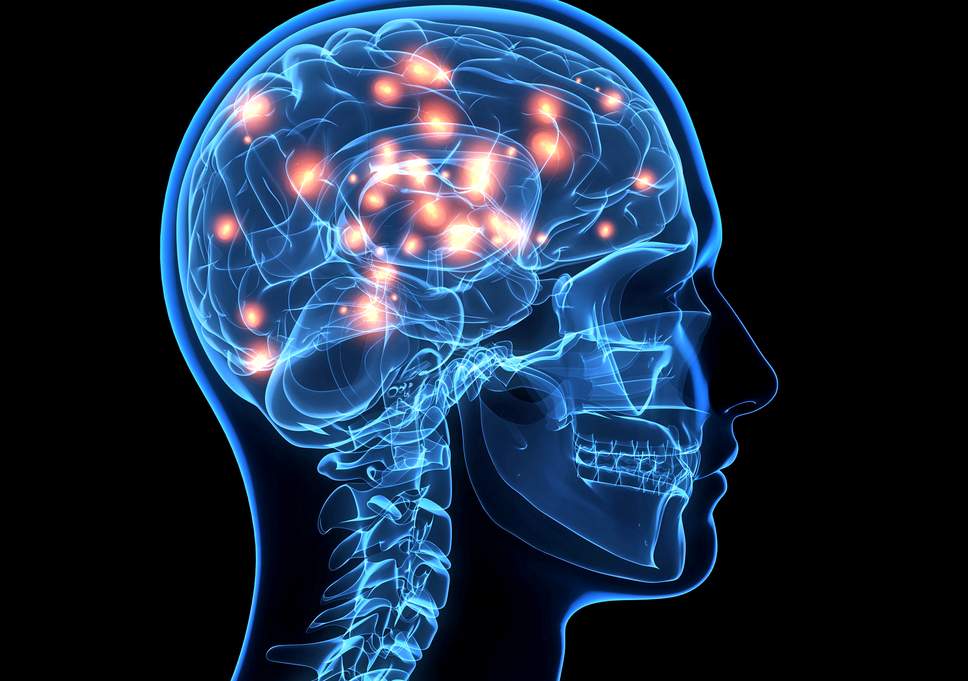Diagnosing Traumatic Brain Injury: CT Scans and MRI Tests
Researchers suspect that the true rate of mild traumatic brain injuries remains much higher than reported, suggesting the need for broader awareness of the condition. Diagnosis through imaging studies can help.
Neuroradiologists possess powerful tools for revealing the presence of traumatic brain injury (TBI): the CT scan and the MRI scan. Not every patient with suspected TBI requires imaging studies, but for those who do, these two techniques can greatly improve outcomes through prompt diagnosis.
Each of these diagnostic techniques carries its own strengths and hazards, and physicians order them in different cases. A thorough understanding of brain imaging studies can help the medical community identify cases of TBI more readily, leading to better, faster interventions.
This is a subject of increasing concern among doctors; traumatic brain injuries — especially of the mild variety, more commonly known as concussions — are fairly common. In 2013, around 2.5 million people visited an emergency room with TBI-related complaints. Most cases in the 15-24 age range are related to motor vehicle accidents, but among causes, there’s a close second: playing sports.
Measuring TBI in the Sports Community
The sports community is particularly interested in improving treatment for TBI, and for good reason. Remember that more concussions and brain injuries come from playing sports than any other cause except for car accidents.
A brief glimpse through the numbers paints an alarming picture:
- In 2009, the Centers for Disease Control and Prevention estimate that nearly 250,000 children and teenagres visit emergency departments for concussions received while playing sports.
- The reported risk of concussion among football players is as high as 75 percent, reports Radiology Today, citing the Sports Concussion Institute.
- The University of Pittsburgh’s Brain Trauma Research Center estimates that about 300,000 concussions are associated with sports in a given year.
- The same institution lists the chance of concussion for athletes in contact sports to be up to 19 percent per year of play.
These statistics explain why researchers are working so hard to find fast, field-side imaging tests that can pinpoint the severity of TBI immediately following the event. Promising options include stadium MRI rooms and highly portable ultrasound; still, for most players at all levels, radiology-assisted diagnosis of TBI will involve a trip to the imaging center. This places us firmly back in CT/MRI territory.
CT Scans in the Diagnosis of TBI
Computerized tomography (CT) scans take multiple X-rays and combine them into cross-sectional “slices” of internal structures. While this exposes the patient to small doses of ionizing radiation, but it’s also the fastest, most accurate way to identify bleeding and swelling in the brain.
Clearly, edema (brain swelling) and hematoma (bleeding in and/or around the brain) are serious conditions. The faster doctors discover them, the better for the patient. Typically, then, physicians order CT scans for suspected acute injuries to the brain. The CT scan is the modality of first access.
Later, doctors may order more CT scans to track healing in TBI instances that don’t require surgery. As with every order of an X-ray procedure, physicians weigh the benefits of the treatment against the risks posed by exposure to radiation before making a referral.
MRI Scans in the Diagnosis of TBI
Magnetic resonance imaging (MRI) is the go-to tool for identifying subtle effects of injury, including bruising, scarring, and microscopic damage to nerve fibers. Images produced by CT scan won’t reveal these conditions, though nerve fiber injury is a common cause of stubborn symptoms.
Sometimes brain tissue is injured too severely to recover, so MRI scans can track the results of a TBI for years following the precipitating event. This imaging modality is another powerful tool in the neuroradiologist’s brain-injury kit.
Schedule Diagnostic Imaging for Patients with TBI
Ultimately, health care providers will determine the appropriate imaging technique for each patient showing signs of TBI. Plenty of non-radiological tests exist; these may be enough to recognize and begin treatment for milder injuries to the brain.
Physicians who need fast access to radiology services in cases of TBI can make referrals through the Precise Imaging physician’s portal. This online tool provides anytime access to the crucial services we provide.
Call Precise Imaging at 800-558-2223 to make a referral or schedule an appointment today.
References:
“Centers for Disease Control and Prevention Justification of Estimates for Appropriation Committees, Fiscal Year 2016.” CDC. Centers for Disease Control and Prevention, U.S Department of Health and Human Services, 2016. PDF. 2 Jan. 2019.
Orenstein, Beth. “A Closer Look at Concussions.” RadiologyToday. Great Valley Publishing Company, Inc., Sept. 2016. Web. 2 Jan. 2019.
Prince, Carolyn and Maya Bruhns. “Evaluation and Treatment of Mild Traumatic Brain Injury: The Role of Neuropsychology.” NLM. Brain Sciences, Aug. 2017. Web. 2 Jan. 2019.
“Traumatic Brain Injury (TBI) and Concussion.” ASNR. American Society of Neuroradiology, n.d. Web. 2 Jan. 2019.

